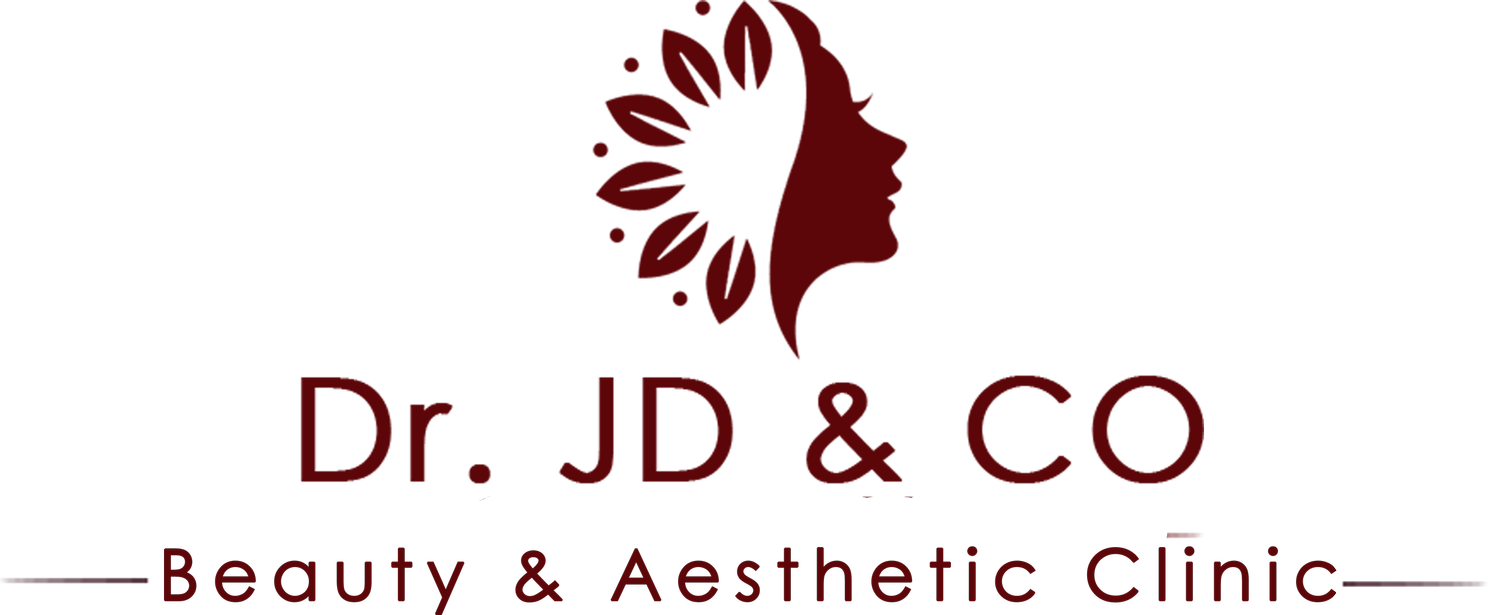Treatment
(PRP) STEM CELL THERAPY FOR HAIR
Treatment Overview
At Dr.JD&Co we offer PRP hair treatment for all types of hair loss, thin hair and promoting hair growth after hair transplant.
The revolutionary PRP hair is the effective 100% natural hair growth treatment that using Platelet rich plasma (PRP) from patient own blood which contain essential growth factors to promote hair growth to inject into scalp. The result is proven from many research studies.
PRP contains special cells called Platelets and plasma, that can promote growth of the hair follicles by stimulating the cells in the micro-environment of the hair follicle and increase vascularity to hair root. The PRP stimulates inactive or newly implanted hair follicles into an active growth phase. The treatment works best for treating thinning hair, slowing or stopping the progression of hair loss and promoting hair growth after hair transplant.
Who is suitable for the PRP hair?
All types of hair loss and thin hair for both men and women.
Pre and Post hair transplant.
Women of childbearing age and for patients who cannot benefit from other hair loss therapies.
During your free medical consultation, Dr.JD will examine and determine that you are a suitable candidates for the treatment. Dr.JD will then explain the details of the treatment. Complications, after care and answer all questions you may have.
What is PRP?
PRP or Platelet Rich Plasma is the high concentration of platelet cells in plasma that separated from patient own blood.
Platelets are small cells which circulate in the blood and contains important growth factors such as FGF, PDGF, TGF-ß, EGF, VEGF, IGF that encourage regrowth of blood vessels, cells and tissue.
Plasma contains many factors essential for cell survival including nutrients, vitamins, hormones, electrolytes, growth factors, and proteins.
How the Vampire hair (PRP) helps in hair transplant?
PRP stimulates and supports hair growth after hair transplant ( Follicular Unit Extraction (FUE)) in three main steps:
Promoting vascularity to the hair root thereby increasing viability to the follicle before, during and after hair transplantation.
Promoting tissue repair and regeneration post transplantation.
Stimulating dormant hair follicles and growing new hair.
What does the procedure involve?
The procedure involves taking blood from patient’s arm that will be put directly into the specifically prepared PRP tube. The tube will then be processed in the PRP machine. The PRP is then prepared and activated.
After disinfect treating areas, the doctor will then inject PRP into the effected scalp areas with a very small needle.
Is it painful?
As the needle use at our clinic is the smallest size needle ( 34 G), most patient report very minimal discomfort at the scale of 2 out of 10.
What is the down time like?
Downtime is very minimal. Only mild swelling and tender can be observed for 1-2 days at the treated scalp areas.
How many session of treatment I need?
Please note that 3 to 6 sessions (depending on cases) per year are recommended for obtaining optimal visible results. The gap between each treatment is about 4-6 weeks is recommended.
When I will see the result?
Hair regrowth started 2 months after PRP treatment and continued up to 10 months. Results showed that a significant increase in the rate of hair growth was observed between the 3rd and 6th months. Hair density followed a rising trend with a remarkable peak at 3 months.
What is the after care?
It is recommended not to touch or wash or apply anything on the areas for 12 hours to prevent infection.
Course of treatment
It is important to note that for most treatments, the final results are visible around 2 weeks post-procedure. Meaning, we encourage you to remain patient during this time before making a final judgment.
That being said, each body is unique and, therefore, the biological PH balance and metabolic rate vary between clients. Results cannot be compared, predicted, or guaranteed. Should you need any follow-up appointments or have questions, please contact Dr.JD’s assistant at info@drjd.co.uk.
Book an appointment.
PRP (platelet-rich plasma) for hair loss is a treatment involving taking a small quantity of blood from a patient, separating out the growth factors and bioactive proteins in the blood (which initiate and speed up tissue repair and regeneration) and injecting this platelet rich plasma into the scalp, to encourage hair growth.

-
PRP (platelet-rich plasma) for hair loss is a treatment utilising a biological product prepared from the patient’s own blood. The platelet rich plasma contains growth factors (such as TGF-beta, PDGF-AB, bFGF, IGF, VEGF and EGF) and bioactive proteins (globulin, albumin, fibrinogen), nutrients, vitamins, hormones and electrolytes which speed up tissue repair and regeneration. Through separating the plasma, the cellular components of the blood including the red blood cells and leucocytes are removed and it is these components that inhibit the repair and regeneration process. The treatment increases hair density and reduces hair loss to normal levels. Improvements are seen within 90 days, with hair growth continuing to improve in some patients over 6 months. PRP can be combined with other hair loss treatments including topical or oral minoxidil, oral finasteride, hair transplants, and supplementation with Viviscal Professional.
Results have been seen in patients with androgenetic alopecia and with alopecia areata and is suitable for men and women.
-
We’ve outlined the three-step PRP hair loss treatment below:
Step One
A small amount of blood (20ml) is taken from your arm the same way as if you were having a blood test by your doctor. A blood sample is then put into a centrifuge; a machine used to separate fluids of different densities.
Step Two
The centrifuge separates the plasma, and Platelet Rich Plasma (PRP) is then isolated and ready to be injected. PRP contains specific cells rich in growth factors that stimulate hair growth.
Step Three
The PRP is injected into your scalp to stimulate the tissue and encourage natural, faster hair growth. This treatment is precise, and we inject the PRP into the exact locations of the head you want to target (if your hair follicle loss occurs in a specific area).
-
A small quantity of the patients own blood is collected and then treated in a centrifuge to separate the platelet-rich-plasma from the red blood cells. The plasma is then injected in a grid pattern into the scalp. Treatment takes around one hour.
A course of treatment involves 3 sessions of PRP with one set of injections each month, over a 3 month period. Ongoing maintenance treatment every six months is recommended.
-
PRP (platelet-rich plasma) for hair loss is a safe treatment with no risk of infectious disease transmission as it is prepared in closed circuit from the patient’s own blood (autologous product). As PRP is prepared from patient’s own blood, adverse reactions are rare. Patients may experience slight redness and swelling.
-
Patients are advised not to wash their hair or scalp for 24 hours following treatment. Most people find the treatment isn’t painful, however if there is some discomfort paracetamol can help.
-
Research into PRP for hair loss shows it is an effective clinical treatment without significant side effects. PRP hair treatment is often recommended following hair transplants. One study following hair transplant procedures indicates PRP treatment can help transplanted hair grow after it is transplanted.
A hair transplant is perhaps the most popular hair restoration method for men, but it is an expensive and lengthy procedure. The survival rate of hair transplants is between 10 and 80%. Although complications are not common, you should take risks such as infection and scarring into consideration.
-
There is no risk of allergy or rejection, as PRP is obtained from your body and is made from your blood. As with any treatment involving injections, there is a small risk of side effects, including:
• mild bruising
• mild swelling (usually subsides within 48 hours)
• infection (you might need antibiotics).





















